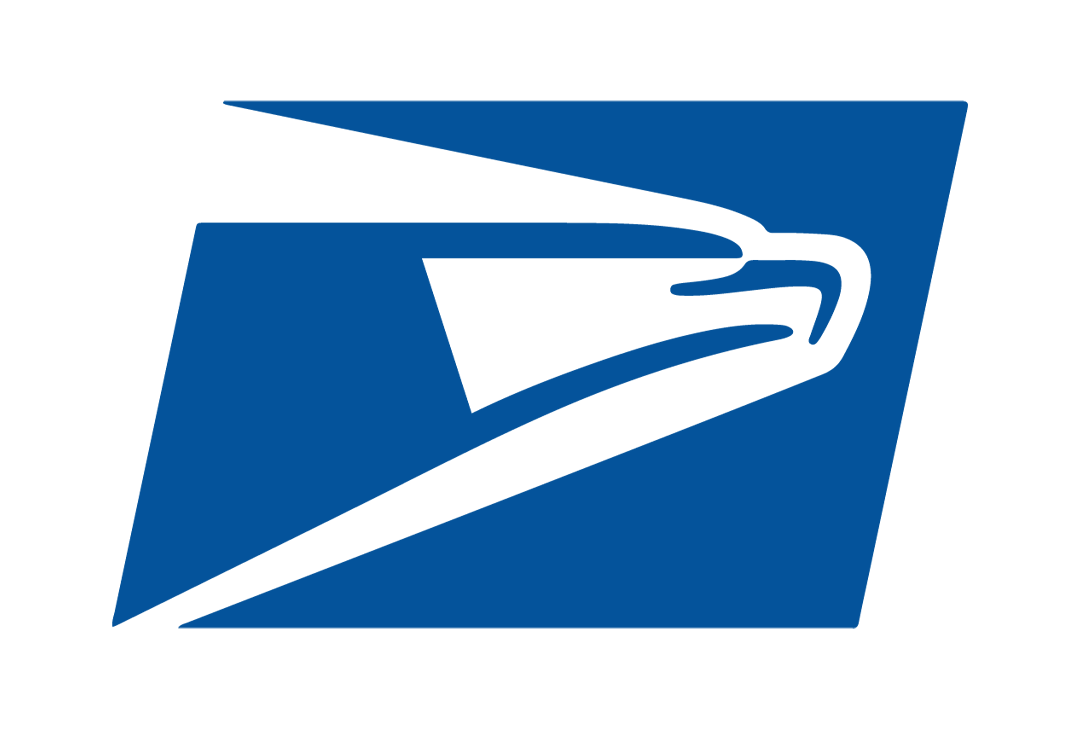Oxford Diecast
Oxford 1:76 Bristol MW6G Coach: Tilling Transport

Oxford 1:76 Bristol MW6G Coach: Tilling Transport
$586.41
The Bristol MW (MW stands for "Medium Weight") is a bus and coach chassis. designed and built between 1956 and 1964 by Bristol Commercial Vehicles Ltd (BCV) at Brislington, Bristol.
It had a horizontally mounted engine under the floor between the two axles allowing an entrance ahead of the front axle and a flat floor for its entire length and thus suitable for "one-man" operation. The chassis then had a body mounted upon it by a bodybuilder, either a bus body or a coach body. The MW replaced the earlier LS (Light Saloon) which was designed to be built into an integral bus or coach only by sister company Eastern Coachworks Ltd (ECW) based in Lowestoft. This prevented the sale of the mechanical underframe to other bodybuilders when a change in control of the company allowed this to happen. A few chassis were sent to Alexander at Falkirk to receive bodies to the specification of companies within the Scottish Bus Group.
Unlike the earlier LS, which experimentally housed AEC and Rootes TS3 engines and the later RE experimentally using a horizontal and turbocharged version of Bristol’s own BVW engine, all MW chassis were fitted with Gardner 5HLW (5-cylinder) or 6HLW (6-cylinder) engines. The chassis type designation was either MW5G or MW6G. These engines were deep in their horizontal form causing the floor height of the finished vehicle to be high, resulting in steep steps at the entrance. The transmission was by way of a manual 5-forward speed gearbox made by the company. It incorporated synchromesh cones, but these did not wear well and gear changing still required drivers to adjust engine to road speed. The rear axle was available in three ratios 5:1, 5.5:1 and 6:1. 5.5:1 was by far the most popular and 6:1 was the standard for bus versions built for Bristol Omnibus Company Ltd.
The vehicle was built to the contemporaneous legal maximum limits of size, namely 8 ft wide (2.4 m) and 30 ft long (9.1 m). When regulations allowed longer (36 ft or 11 m) and wider (8 ft 2 1⁄2 in or 2.5 m) vehicles, BCV did not extend this chassis and moved to a new concept with a rear engine. Despite this, as late as 1962, an option was designed to incorporate major modifications to the chassis to fit air springs instead of the traditional multi-leaf springs. The air sprung version was popular for chassis intended for coach bodywork, just before the 36 ft model for fitment to the RE chassis. Few customers specified air springs for bus versions. Bristol Omnibus Company was the main one and it was on the basis that the better suspension caused less stress and damage to the chassis and bodywork and reduced lifetime costs of operating the vehicles would outweigh higher initial purchase price. Their chief engineer at the time, Mr E Hardy, was sorely displeased when the option was withdrawn for the last year of production.
There were some options for this chassis introduced later in production to improve fuel consumption and vehicle heating. This included the replacement of the underfloor radiator and its constantly engine driven fan by a front-mounted radiator with "Varivane" wax capsule operated radiator shutters backed up with a thermostatically controlled electric fan. The provision of an "exhaust-boiler" was also available. This had a temperature controlled valve which could divert the exhaust gas from the exhaust pipe through a heat exchanger incorporated into the engine cooling system, thus allowing quicker heating up to engine operating temperature and assisting passenger comfort in colder weather when the engine was not providing enough waste heat in the normal way.
In overall, a total of 1,965 Bristol MW chassis were built. Those with bodywork fitted by ECW were driven by road by a weather-swept crew of drivers. Rail transport was used for those going to Alexander.
Thomas Tilling Ltd, later known with its subsidiary companies as the Tilling Group, was one of two conglomerates which controlled almost all of the major bus operators in the United Kingdom between World Wars I and II and until nationalisation in 1948.
Tilling, together with the other conglomerate, British Electric Traction (BET), became the main constituents of the country's nationalised bus industry in the late 1960s and was sufficiently well known to have entered popular culture as part of London's Cockney rhyming slang (Thomas Tilling = shilling).
The company continued as an industrial conglomerate after nationalisation of its bus interests; it was acquired by BTR plc in 1983.
The company traces its origins to 1846, when Thomas Tilling started in business. Thomas Tilling was born in 1825 at Gutter's Hedge Farm, Hendon, Middlesex, of parents who had moved there from Gloucestershire. In 1846, at the age of 21, he went into the transport business in London as a jobmaster in Walworth using a horse and carriage which cost him £30. In January 1850, he purchased a horse bus together with the right to run four journeys a day between Peckham and Oxford Street. This bus he drove himself, and at the time had only one employee; a conductor, Mr. Joseph Eagle, who stayed with the firm until the end of his working life, well into the 1890s. By 1856, he owned 70 horses, which he used for bus and general carriage work. When the Metropolitan Fire Brigade was formed in 1866, Tilling was contracted to train and supply horses to haul the fire engines; the horses were trained to respond quickly and, prior to handover to the fire brigade, were employed on bus services (primarily the Peckham route) to gain experience with heavy traffic. Tilling soon became the biggest supplier of horsepower and vehicles in London, with a stable of 4,000 horses by the time of his death in 1893. Tilling is buried at Nunhead Cemetery.
Tilling's horse buses stopped at predetermined points and ran to a fixed timetable, making them more punctual and orderly than the other operators' buses. This was one of the reasons for his success with customers. Because his buses operated on time, they earned the nickname of "Times" buses, and this became the fleet name painted on the side.









